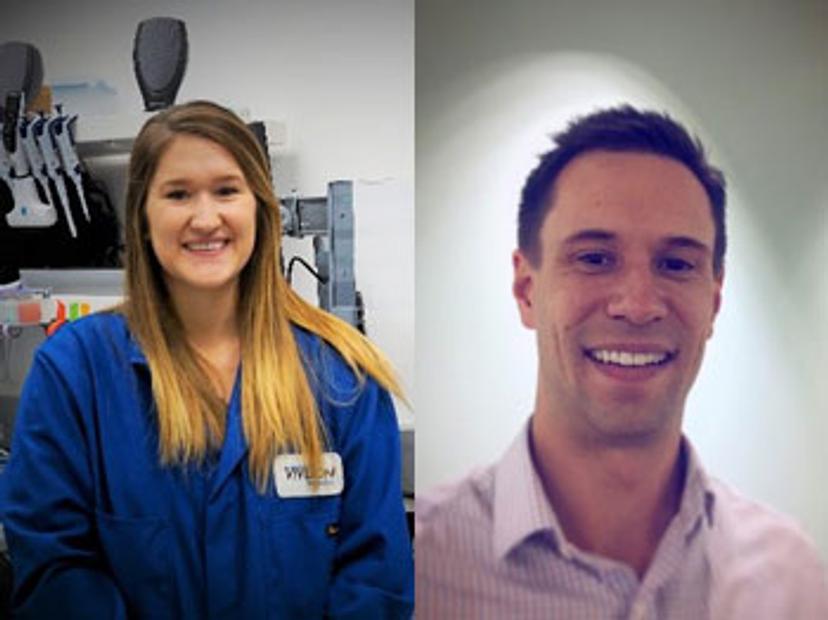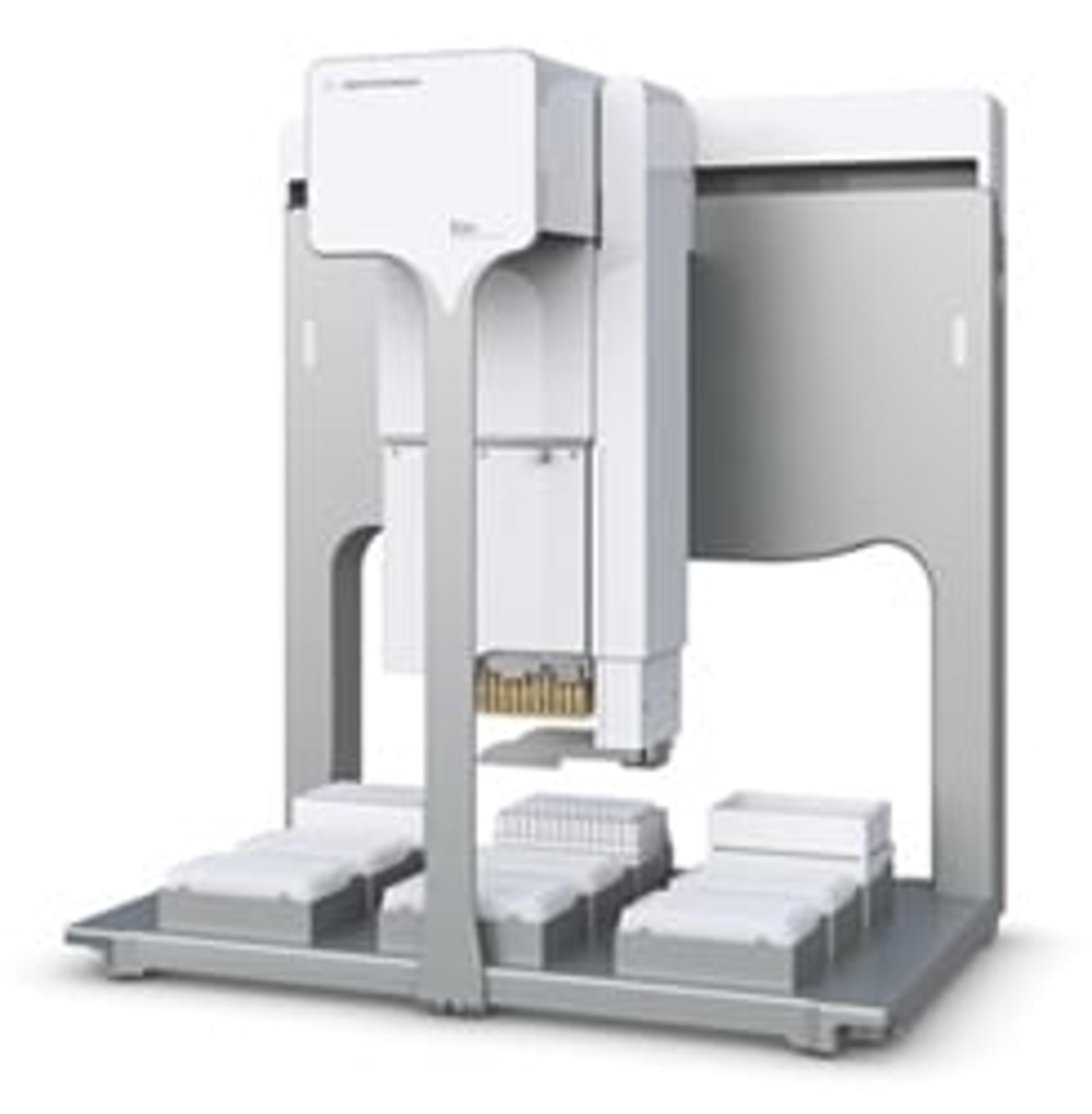Liquid Handling Automation – Simplify Complex Protocols Without Compromising on Your Results
In this on-demand webinar, learn how introducing the right liquid handling automation platform could free up labor while increasing the throughput and accuracy of your experiments
23 Jun 2019
In a SelectScience webinar available on demand, Paige Schaffer, research associate at Vividion Therapeutics, gives a firsthand user account of how to increase lab productivity through automation. Schaffer explains how automation was successfully introduced into her lab to free up valuable labor and, at the same time, increase the number of experiments and improved accuracy and precision.
Learn about the various automation solutions that can address your current sample preparation pain points and see how to achieve consistent, error-free results while overcoming resource constraints.
Read on for highlights from the webinar Q&A session or register to watch the webinar on demand.
Watch Webinar Now
Q: How long does it take for you to develop these protocols and transfer the assay onto the Bravo?
PS: The QC protocol is pretty quick to get onto the Bravo system because it's a simple dilution. The intake match assay took a little longer. I would say that it took somewhere between a couple of weeks and a month because we had to validate that the data was the same, moving from files to a plate format.
Q: Does the reserve location task have a time delay function where you can enter the time delay to achieve times quenching?
PS: I think this is possible. It just gets a little difficult. You can define your 2-, 5-, 10- and 20-minute reserve locations, and have that as an input for the user where that's being timed based on the speed of the machine. The only issue that would come into play if you were doing that is if you only wanted to do a ten-minute incubation. That ten-minute time that's reserving is taking into account the previous time points, so it would get a little complicated. Since we made this specific protocol, we've made a few other versions that are only a 1-minute and a 10-minute incubation instead of all four.

Q: What does it mean to quench in reverse?
PS: In this case, we quenched our one-minute reaction immediately because if we didn't, we wouldn't be able to achieve the two-minute time point because of how quick the turnaround is. We got the first time point out of the way, and then looking at the last three time points, we treated the 20-minute time point with our compound first, and then kept treating all the way to the two-minute time point. We did this because, in the time that it takes to wait for that 20-minute incubation, we would have missed our earlier time point. It was important that we quenched our early time point before the last one so that we got the actual incubation times we were aiming for.
Q: What does orienting the tip box mean?
PS: This is more in regard to the QC protocol that we mentioned with the 250 microliter tips. If, for example, we only had two rows of samples we could have set up the tip box to have only two rows of tips, and then not had to worry about setting the head motor or introducing any scripting to it. You can do that manually, or you can go through diagnostics on the machine and have it move tips for you. We wanted to avoid doing it manually, so we introduced some scripting to make it easier for each user.
Q: Would it be beneficial to alternate the LC-MS with a robot to connect it to the Bravo?
KT: Yes, there are a lot of people out there that would love to do that, and we are currently working on a solution. It's not available right now but there is something that will come out.
Find out more on this topic by watching the full webinar on demand>>
SelectScience runs 3-4 webinars a month across various scientific topics, discover more of our upcoming webinars>>

